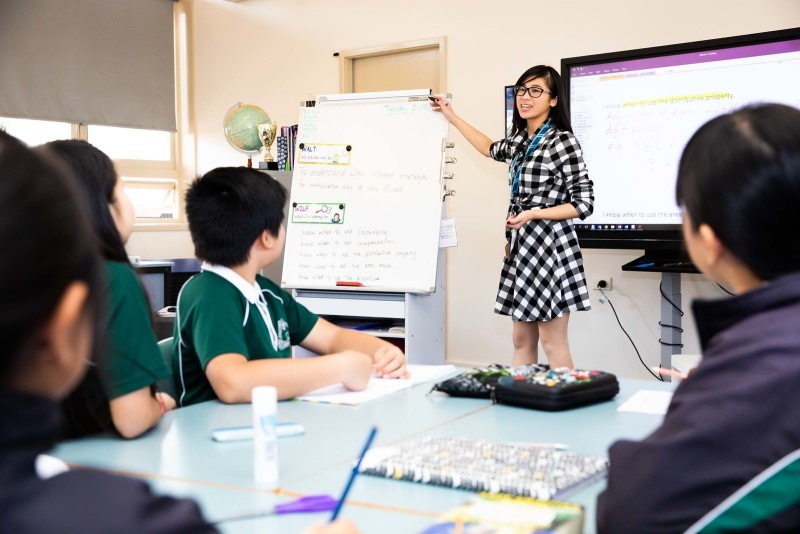
Harnessing the Power of Classroom Management: Creating an Environment for Success
A well-managed classroom is more than just a space where students learn; it’s an environment that nurtures growth, fosters engagement, and paves the way for academic success. Effective classroom management is the cornerstone of this environment, and its impact on student achievement cannot be overstated.
Section 1: Understanding Classroom Management
Classroom management refers to the strategies and techniques teachers use to maintain an organized and productive learning environment. Beyond discipline, it encompasses a wide range of practices that contribute to a positive classroom atmosphere. When done right, classroom management not only prevents disruptions but also creates a space where students feel safe, motivated, and eager to participate.
Section 2: Key Principles of Effective Classroom Management
- Clear Expectations and Rules: Setting clear and consistent expectations helps students understand what’s required of them. Clearly communicated rules provide a framework for behavior and give students a sense of structure.
- Positive Reinforcement: Rewarding desired behaviors with praise, recognition, or small incentives reinforces positive conduct and motivates students to continue making good choices.
- Proactive Approach: Instead of reacting to problems as they arise, a proactive approach anticipates challenges and addresses them before they become disruptive issues.
- Building Relationships: Establishing positive teacher-student relationships builds trust and rapport, making students more likely to follow guidelines and engage in the learning process.
Section 3: Strategies for Creating a Successful Classroom Environment
- Physical Classroom Layout: An organized physical layout with well-defined areas for different activities minimizes confusion and maximizes efficiency.
- Smooth Transitions: Transition times between activities can be a source of disruptions. Providing clear signals and routines streamlines transitions and maintains focus.
- Differentiated Instruction: Recognizing and addressing diverse learning needs through various instructional strategies ensures that every student feels supported and included.
- Technology Integration: Incorporating technology as a tool for classroom management can enhance engagement and streamline administrative tasks, freeing up more time for instruction.
Section 4: Teacher’s Role in Effective Classroom Management
- Self-Awareness: Teachers who understand their own teaching styles, triggers, and strengths can better manage their classrooms and adapt to changing situations.
- Communication: Open and effective communication sets the tone for the classroom. Clearly explaining expectations and actively listening to students’ concerns fosters a cooperative atmosphere.
- Time Management: Balancing instructional time with classroom management tasks requires effective time management strategies to ensure that both aspects are given due attention.
- Flexibility: Flexibility allows teachers to adapt their plans when unexpected situations arise, ensuring a smoother classroom experience.
Section 5: Impact on Student Success and Learning Outcomes
- Student Engagement: A well-managed classroom captures students’ attention and keeps them actively involved in their learning, leading to higher levels of engagement.
- Academic Performance: When disruptions are minimized and students feel comfortable, their focus shifts to learning, which often leads to improved academic performance.
- Psychological Benefits: A safe, organized classroom reduces stress and anxiety, creating a conducive environment for effective learning and cognitive development.
Section 6: Overcoming Challenges in Classroom Management
- Disruptive Behavior: Address disruptive behavior promptly, using a combination of prevention, redirection, and appropriate consequences.
- Lack of Motivation: Incorporate engaging activities, real-world examples, and student choice to spark motivation and interest in learning.
- Time Constraints: Prioritize tasks and use time management techniques to balance instructional time, classroom management, and other responsibilities.
Section 7: Professional Development and Continuous Improvement
- Ongoing Training: Professional development opportunities allow educators to learn new strategies, stay updated on best practices, and refine their classroom management skills.
- Workshops and Resources: Participating in workshops and accessing online resources, such as webinars and articles, can provide valuable insights and practical tips.
Conclusion
Harnessing the power of classroom management is a multifaceted endeavor that extends far beyond maintaining order. It’s about creating an environment where students thrive, learn, and reach their full potential. By applying the principles and strategies outlined here, educators can cultivate a classroom that sets the stage for student success and a lifelong love of learning.
